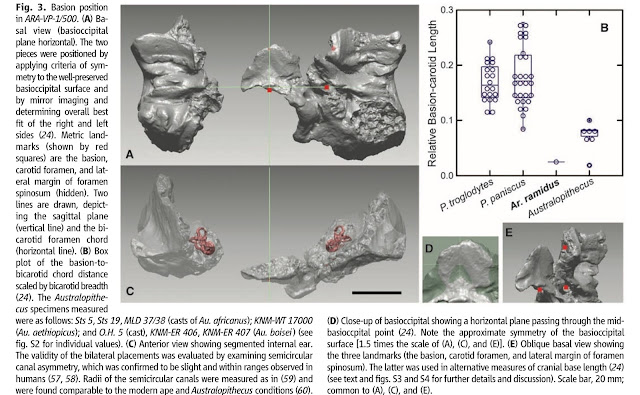I decided to start this post with some personal history to emphasize that I am in no way making fun of this question. I grew up in a traditional Christian home and church that was very against the idea that humans evolved at all. As middle schoolers my peers and I took a class that taught us to “defend our faith” and this question is what we were told to ask when someone brought up evolution. It wasn’t until my 10th grade biology course that I learned that’s not how human evolution took place. After that I grew more interested in the subject, but didn’t really understand our evolutionary history until I began taking biological anthropology courses. I want this post to be a simple informative crash course on human evolution and why the above question is misinformed. In order to do that we need to address a few questions.
How are we related to apes?
The easiest way to understand our relation to apes is to look at our family tree. The primate family tree began roughly 65 million years ago and includes us as well as apes, monkeys, and prosimians. Humans fall in the same category as the great apes, and as shown in the image our last common ancestor with modern chimps lived 8-6 mya. This is the simple answer to our question: no, humans didn’t evolve from chimps, but we do share a common ancestor.
Human evolution after the split from our chimp-like ancestor wasn’t a direct line to modern humans either. Our closest ancestors and ourselves are referred to as hominins.
This image shows our our own genus as well as our closest relatives. These ancient fossilized hominins help to show us how we’ve evolved from the common ancestor shared with chimps. We can see how and when our ancestors gained some of the traits that make us uniquely human.
How are we different from apes?
Despite our common ancestors and similar DNA humans and our closest living relatives, the apes, have some distinct differences. The first of these major differences was bipedalism which developed between 8-6 mya for humans. The ability to walk upright would have given our ancestors the advantage of speed, sight, and the ability to carry things over greater distances. The second development that helped us differ from apes were tools. While we know that some apes, such as chimps, use tools humans continuously reshaped and redefined tools which gave us an edge in the wild.
Another advantage humans have over our ape relatives is brain size. Human brains average at around 1260cc while chimps brains are between 360-480cc. Our earliest ancestors had much smaller, more chimp like brains.
Why aren’t apes evolving?
Short answer: they are, and so are we! Evolution isn’t always a visible process, but it is always happening. In both humans and apes each generation has a new unique set of genes as different individuals mate and share genetic material. There is also visible evolution. For apes, in more recent years, this is unfortunately caused by climate change. For humans it is more subtle but just within the past hundred years the average person has gotten significantly taller. Both us and our living relatives will continue to evolve into the future.
Evolution isn’t a simple or straightforward process, but it is important to understand where we came from and to have a working knowledge of the science of human evolution. I hope this provides at least a jumping off point.











